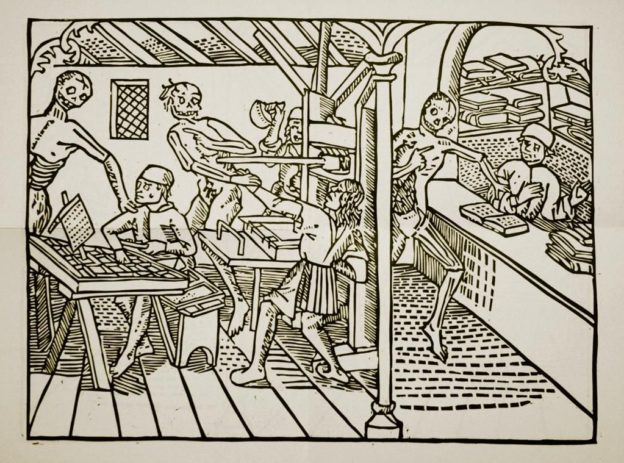The risk and stakes one takes in academia is the acknowledgement that we are containing and ultimately preserving knowledge in some form. Archives up until the digital era were facilitated mostly by academic institutions and even now are largely in part shaped through grants and funding. Yet editors are now slowly accounting for how the collection of text is relevant on all levels, even in those that are not considered scholarly. The hegemony of the editing and publishing process then becomes apparent in studies on intention in textual criticism, especially in variants and editions.
What I find most interesting is the now economically manageable manipulation of text using digital tools of copy and paste, superimposing, tagging (quintessential to accessibility and filtering for researchers) and more. While new problems manifest as we adapt these tools to academic pursuits, they are equally important in evolving techniques, practices and approaches to formatting preservation. In this same vein, the possibility opened by these new manipulations escape the rigors of academic editing and its downfall through selectiveness. Sources outside the scholarly offer historical and contextual assets pivotal to an editor’s collection and amassing as well of material to then publish.
Paraphrasing Ken Price in “Electronic Scholarly Editions”, database and narrative although enemies, are both relevant in preservation as neutrality occurs outside bias and exclusivity, something of which academia constantly struggles with. Then we are presented with the concept of collaboration and how it can facilitate a greater understanding and approach to these shortcomings. Erasure of collaboration, I find, is intrinsically tied to the difficulties in evaluating and problematizing the processes of publishing now. Of course, text and work must go through some time of peer review and credibility when being collected as to ascertain how valuable this will be to the wide audience.
What I see as the most crucial and continuously mentioned aspect of editing is then its flexibility. To fulfill in a sense the act of recording, we are made accountable to how this form of preservation will be accessible. Electronic scholarly endeavors have themselves been shaped by technology, but also shaped the technology. This mutual relationship lends itself to how we can revitalize the archive, exceeding its materiality and many deaths. Achille Mbembe in “The Power of Archive and Its Limits” shows the institutionalization of archives and the inability of those to be separated. What projects like Digital Pedagogy in the Humanities alternatively depict is textual criticism under the lens of many in different fields and professions, already exceeding previous limitations before going electronic.
While narratives constructed by archives and databases alike still exist, the recognition of their contextual relevance but also inherent lessons can only further improve and facilitate greater efforts in textual criticism and the editing process. Editing while sometimes a quiet and invisible process, has equally important stakes in the publication process and academia as a whole. So long as we utilize its ability to be understood and built upon, the foundations of knowledge will remain sustainable and accessible to an ever increasing audience despite the crossover to the digital.
“Electronic Scholarly Editions” in the Blackwell Companion to Digital Literary Study, ed. Susan Schreibman and Ray Siemens (Blackwell Publishing, 2007), pp. 434-50.
Achille Mbembe. “The Power of Archive and its Limits” (Cape Town: David Philip, 2002).



